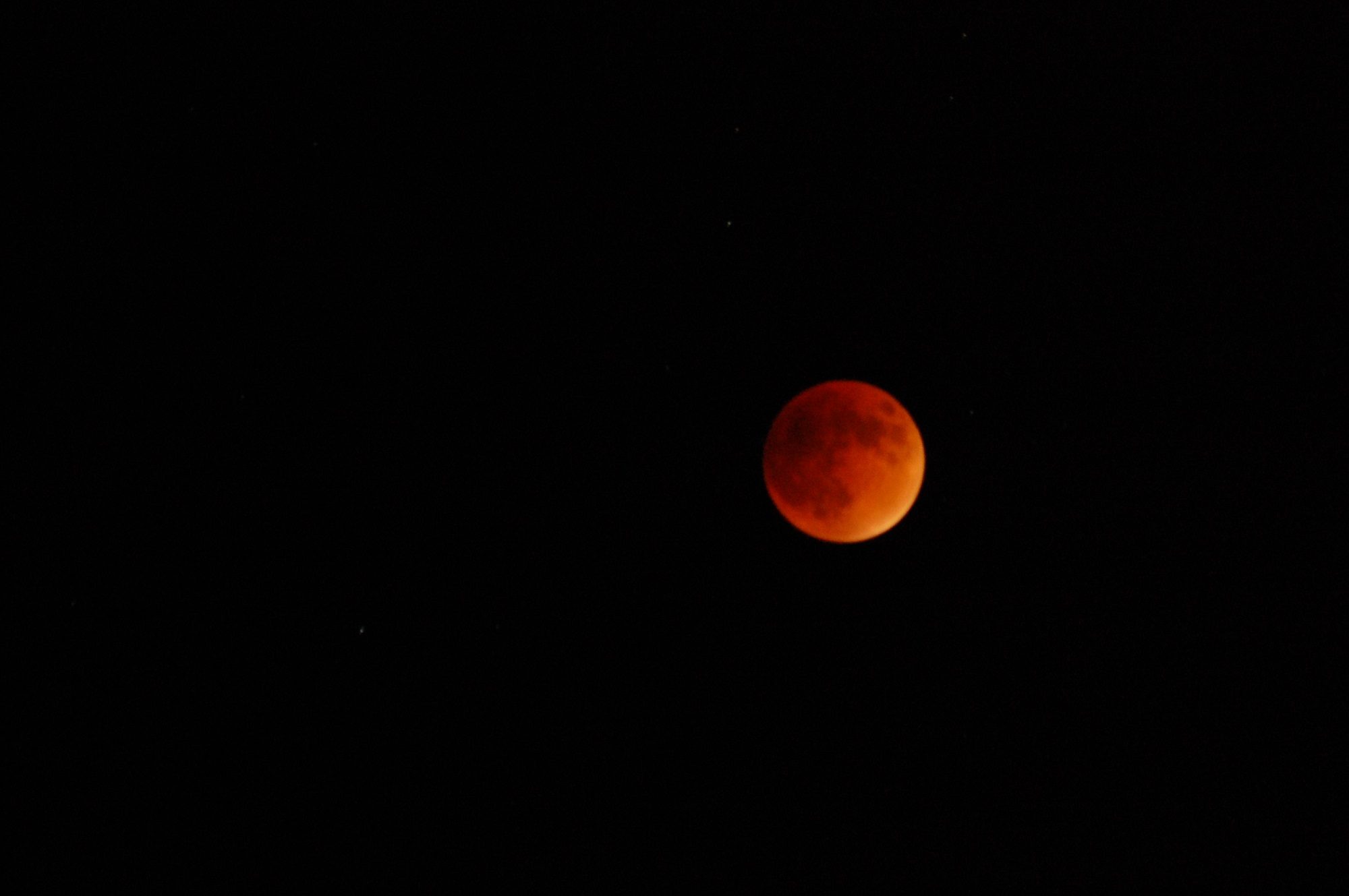Kooistra L, Salas EAL, Clevers JGPW, Wehrens R, Leuven RSEW, Nienhuis PH, Buydens LMC (2004) Exploring field vegetation reflectance as an indicator of soil contamination in river floodplains. Environmental Pollution 127(2): 281-290.
Abstract: This study investigated the relation between vegetation reflectance and elevated concentrations of the metals Ni, Cd, Cu, Zn and Pb in river floodplain soils. High-resolution vegetation reflectance spectra in the visible to near-infrared (400–1350 nm) were obtained using a field radiometer. The relations were evaluated using simple linear regression in combination with two spectral vegetation indices: the Difference Vegetation Index (DVI) and the Red-Edge Position (REP). In addition, a multivariate regression approach using partial least squares (PLS) regression was adopted. The three methods achieved comparable results. The best R^2 values for the relation between metals concentrations and vegetation reflectance were obtained for grass vegetation and ranged from 0.50 to 0.73. Herbaceous species displayed a larger deviation from the established relationships, resulting in lower R^2 values and larger cross-validation errors. The results corroborate the potential of hyperspectral remote sensing to contribute to the survey of elevated metal concentrations in floodplain soils under grassland using the spectral response of the vegetation as an indicator. Additional constraints will, however, have to be taken into account, as results are resolution- and location-dependent.
